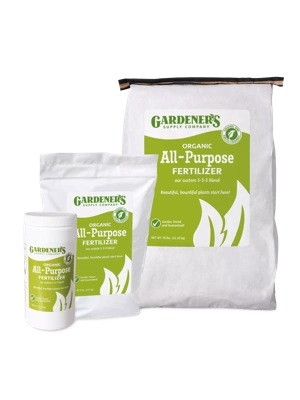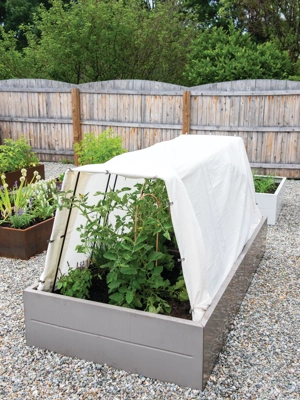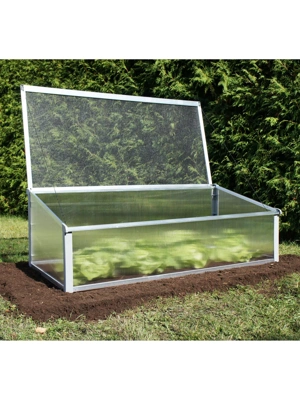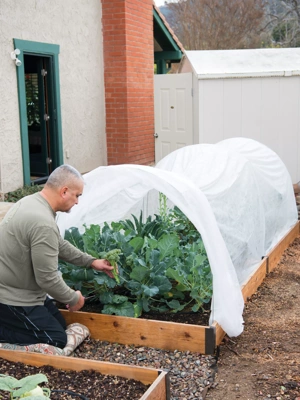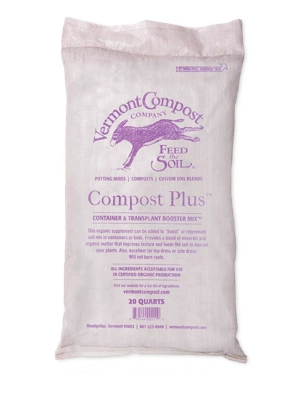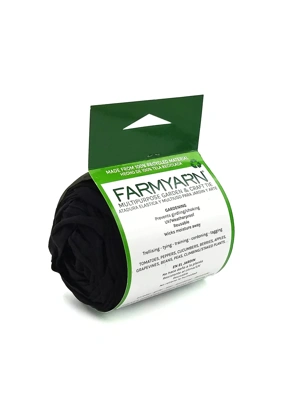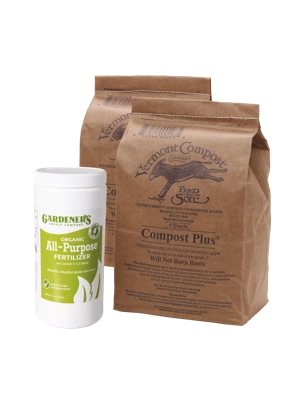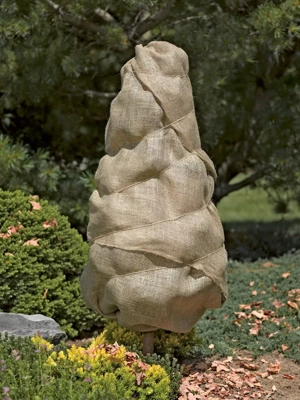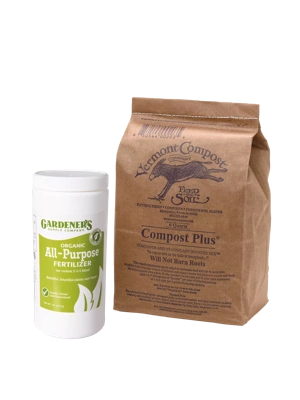How to Recognize Plant Stress

A healthy, vigorous plant that shows no sign of stress has a better chance of shrugging off pests and disease.
Sometimes when plants look sick or appear to be under attack by insects, the symptoms are actually a sign that the plant is being stressed by environmental factors. Here are some common symptoms of stress and the conditions that cause them.
Wilting
Wilting can indicate insect or disease problems, but is most commonly due to a lack of soil moisture. Don't assume plants have enough water if the soil surface is moist. Dig down and make sure it is moist to a depth of at least 6″ for most vegetable plants and other annuals. If soil is too dry, water plants thoroughly; they should recover within 24 hours.
Soil that's too wet can also cause wilting, as excess water pushes air out of the soil and suffocates the roots. If the soil is too wet, discontinue any supplemental watering and wait for the soil to dry out. If the plants do not recover, water may not be the problem (or the damage was too severe).
Wilting is also a normal response to extreme heat. This physiological reaction indicates that the plant has temporarily shut down to minimize moisture loss. Wait to see if the plants recover in the evening when temperatures cool.
Newly transplanted seedlings and other plants that have recently been moved outdoors, will also wilt when first exposed to sun and wind. Shield them in a lightly shaded, wind-protected area or cover them with garden fabric until they get acclimated.
Bleached Foliage
Bleached areas on the foliage of new transplants or plants that have been moved from indoors to outdoors, can indicate sunburn. Discoloration will be most pronounced on the leaves most exposed to the sun. To prevent sunburn, seedlings and other tender plants should be exposed to direct sunlight gradually, over a period of several days. Plants will usually outgrow minor sunburn.
Blackened Leaves
Black areas on leaves can indicate frost damage. The most exposed leaves will show more damage if the plants have been nipped by a light frost. Foliage that has been damaged by a late-spring frost will not recover, but the plants will usually outgrow the damage. Allow damaged foliage to remain until the threat of frost has passed and the plant has begun to show new growth.
Ragged Foliage
Ragged foliage can be the result of heavy winds, rain or hail. Though this is largely a cosmetic issue, it also makes the plant more vulnerable to invasion by disease pathogens. For this reason, it's usually best to remove damaged foliage. In most cases the leaves will be quickly replaced.
Off-Color Foliage
Off-color foliage can be caused by a nutrient deficiency. If the color is paler than normal, it may indicate a nitrogen deficiency. If the leaf veins are green but the area between them is yellow, suspect an iron deficiency. Plants with a phosphorus deficiency often have a reddish or purplish cast. Stunted growth may mean there is an overall shortage of essential nutrients.
Organic fertilizers generally provide a broad spectrum of slow-release nutrients, including micro-nutrients. Check soil pH and adjust it if necessary for the plants you are growing (most vegetable plants prefer a pH of about 6.8). Improper pH can prevent plants from absorbing soil nutrients, even when they are present in the soil.
Dried Leaf Margins
Dried leaf margins can indicate fertilizer burn or wind burn. Always apply fertilizers according to label directions to avoid over-fertilizing. Organic fertilizers rarely cause burning because the nutrients are released slowly over time. Young plants should be protected from wind by garden fabric, neighboring plants, or a wind break.
Burned Foliage
Burned foliage, especially in one specific area on the plant, may indicate damage caused by herbicide overspray or animal urine. Spray foliage with clear water and prune away any permanently damaged foliage.
Last updated: 07/26/2023
Print this Article:
Related items
Get the Dirt
Stay up to date on new articles and advice. Please fill out the information below.


